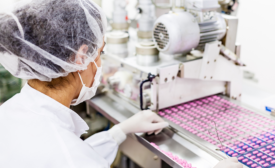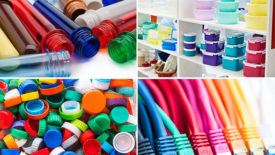Home » Keywords: » pharmaceutical market
Items Tagged with 'pharmaceutical market'
ARTICLES
Quality Plant of the Year Winner
Spectrum Stands Out
Read More
Software
Seven Ways that AI Will Make Calibration Faster and More Efficient
When data is in an easily readable digital format, users can harness the power of AI to further improve their calibration processes.
October 7, 2024
Vision & Sensors | Machine Vision 101
Revolutionizing Quality Control: How AI Vision Is Setting New Industry Standards
The future of quality inspection is bright, with AI vision leading the charge toward more automated, reliable, and efficient processes.
June 4, 2024
Test & Inspection
Just a Twist: Not Too Much, Not Too Little Turns Out Right
Here are a handful of example quality control processes that focus on the measurement of torque, with emphasis on sectors where testing is highly regulated, FDA 21CFR Part 11 being a prime consideration.
May 27, 2024
Sponsored Content
Takeda Boosts Drug Production with the Help of Machine Learning Models
November 4, 2022
Vision & Sensors | Sensors
Smart Color Sensor Technology
For color detection, color measurement and innovative automation tasks.
September 1, 2022
A Precise Look under the Surface
How hyperspectral imaging is setting the trend in quality assurance.
September 4, 2018
Stay in the know with Quality’s comprehensive coverage of
the manufacturing and metrology industries.
eNewsletter | Website | eMagazine
JOIN TODAY!Copyright ©2025. All Rights Reserved BNP Media.
Design, CMS, Hosting & Web Development :: ePublishing








